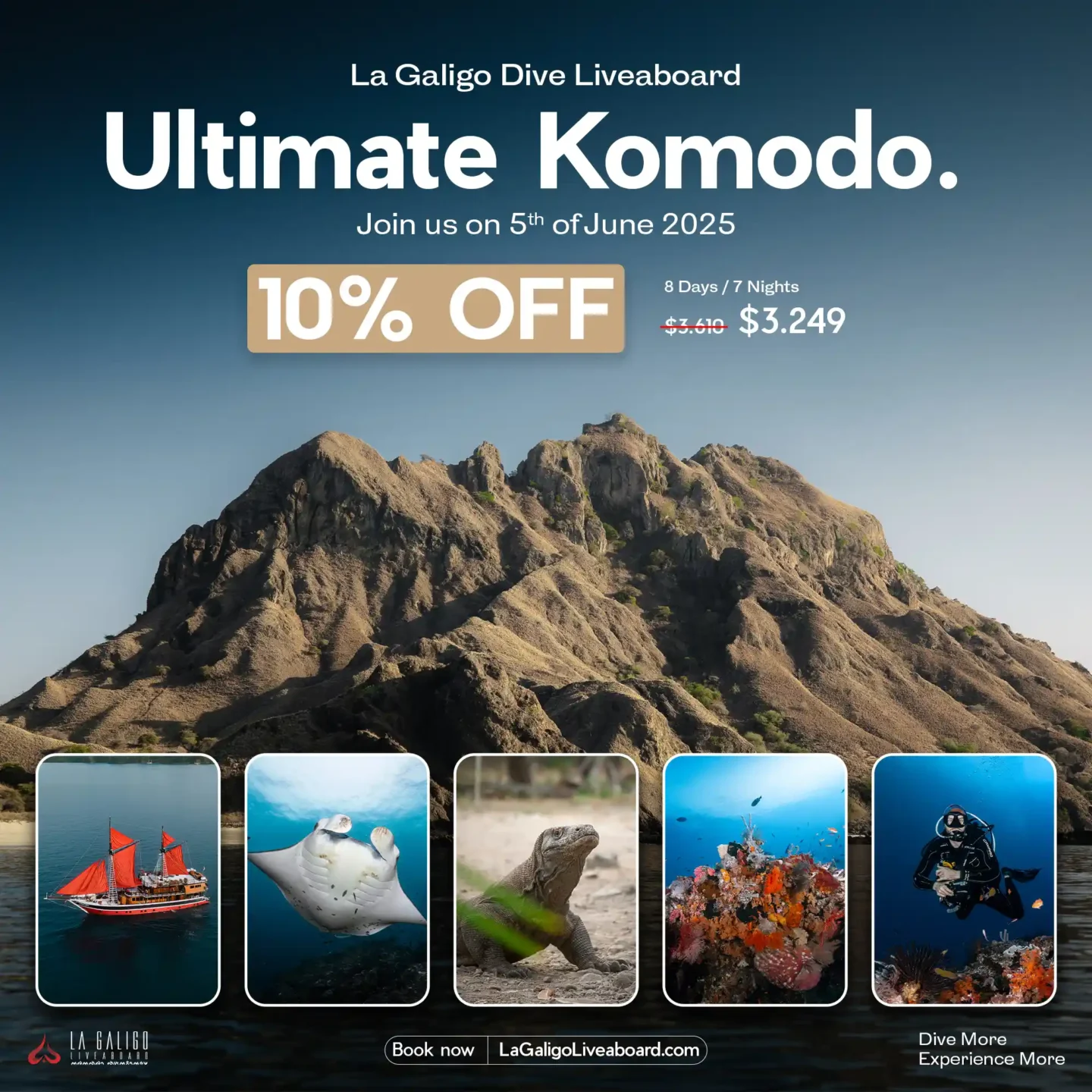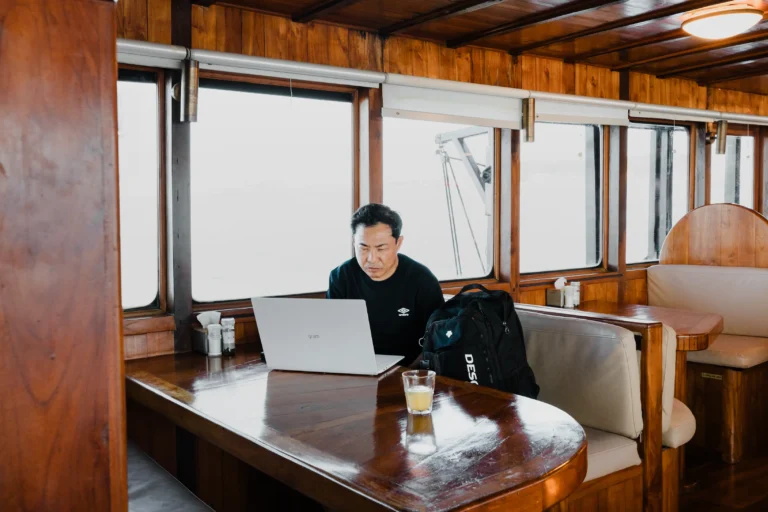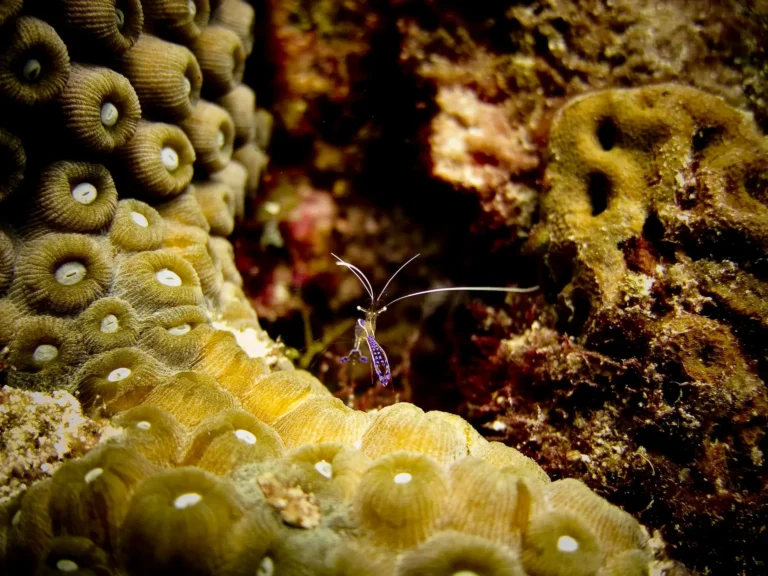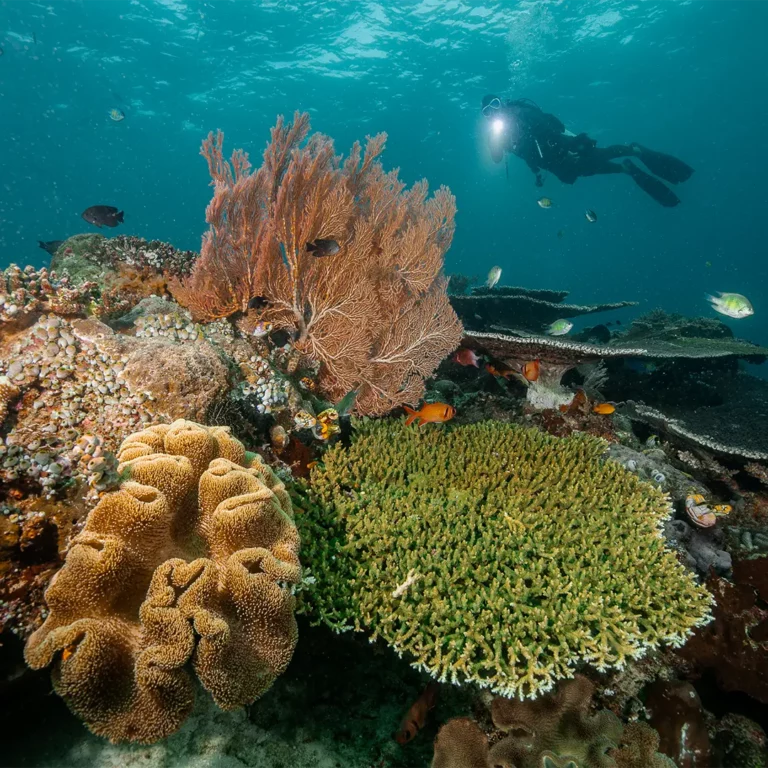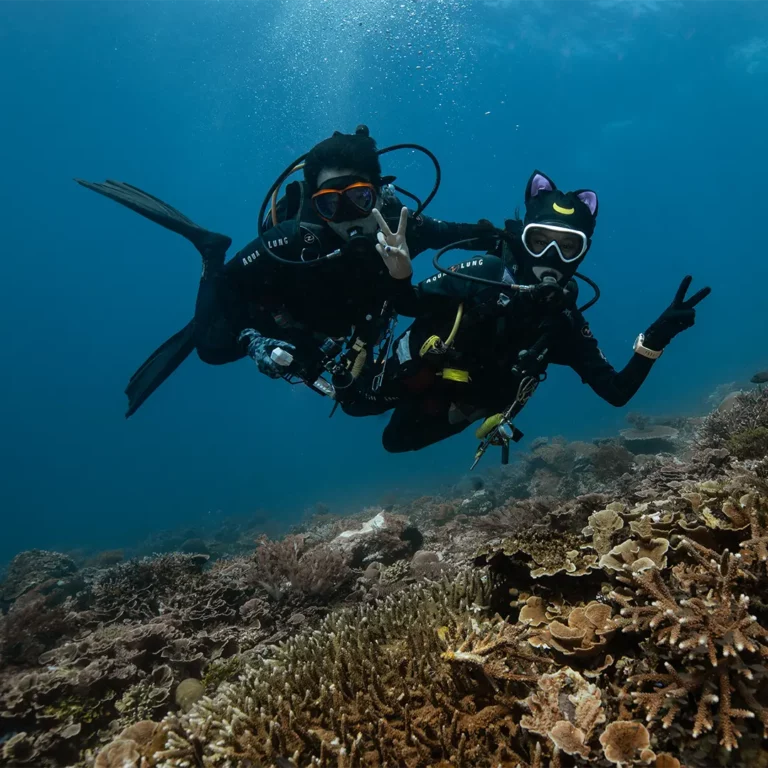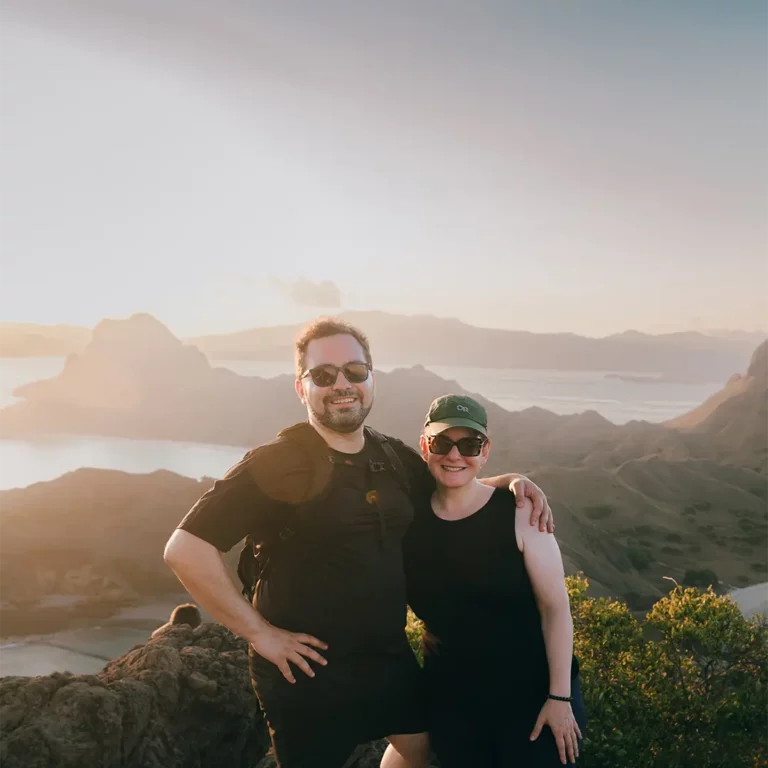Wreck diving is a type of scuba diving that requires additional skills and provides a rewarding experience for thrill seekers. The majority of wreck diving is done on shipwrecks, but it is also common to explore sunken aircraft or even WW2 tanks offloaded from transport ships at the sea floor. It’s become so popular among divers that retired ships and planes have been purposefully submerged (or scuttled) to add to the wrecks that are easily accessible to beginners.
Wreck diving with actual shipwrecks from many years ago and at much greater depths, on the other hand, can be dangerous even for certified scuba divers. The allure of wreck diving, common wrecks that divers explore, different types of wreck diving, safety equipment that you’ll need to bring, and potential dangers to consider before embarking on your first underwater expedition are all described below.
The Reasons to go Wreck Diving
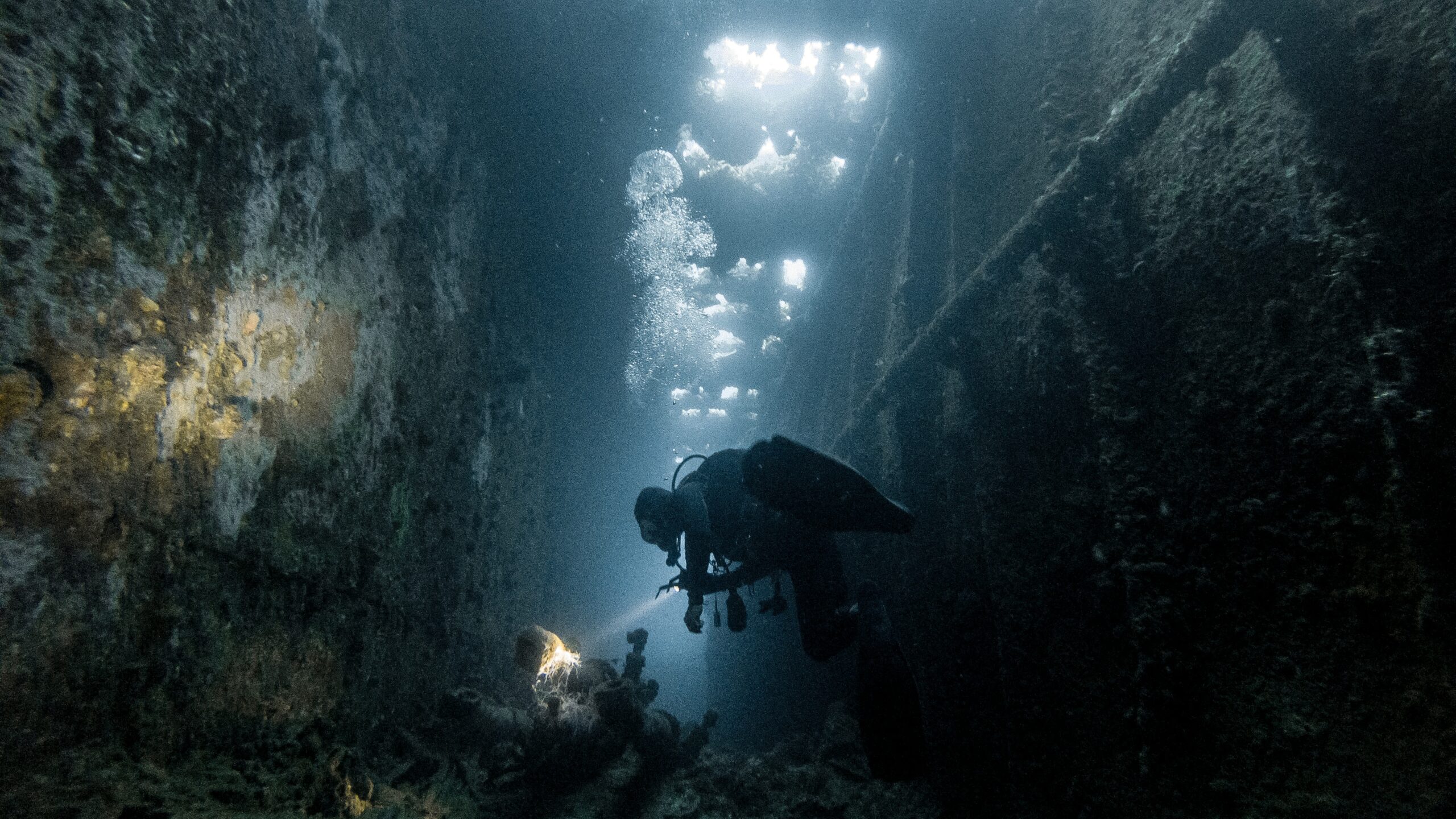
Divers go wreck diving for a variety of reasons. Most are drawn by the unique appeal of underwater wrecks. Physical relics of a tragic story provide a mysterious thrill and have the ability to inspire our imagination. It’s an adventure for history buffs and natural explorers alike, and it creates an unforgettable experience for all wreck divers.
Another reason why people consider exploring wrecks is that we rarely get to see working and floating vessels up close. You can see everything, from large machinery and its parts to ancient or cultural artefacts with monetary value. Historical shipwrecks can also be a fun and unique treasure hunting spot for you and your dive buddies if the site is not legally protected.
Aside from the thrill of discovering a variety of objects from maritime history, part of the allure of shipwreck diving is witnessing the unique effects of nature on man’s creations. After several years underwater, wreck parts will begin to grow and be covered by corals, eventually becoming an artificial reef environment for marine life. There are even wrecks that are out on barren sandy sea floor areas, they become like an oasis for sea life after many years, when the coral grows and attracts all the other marine life to join the newly developed food chain in the area.
Some wreck divers are hired to search for prized items on wrecks or to conduct exploration to aid in research. Wreck diving fulfils a curiosity within each of us and presents skill challenges for scuba divers, whether you’re doing it to make sense of a tragedy, doing it professionally, or just for the thrill of discovery.
Exploration of Common Wrecks
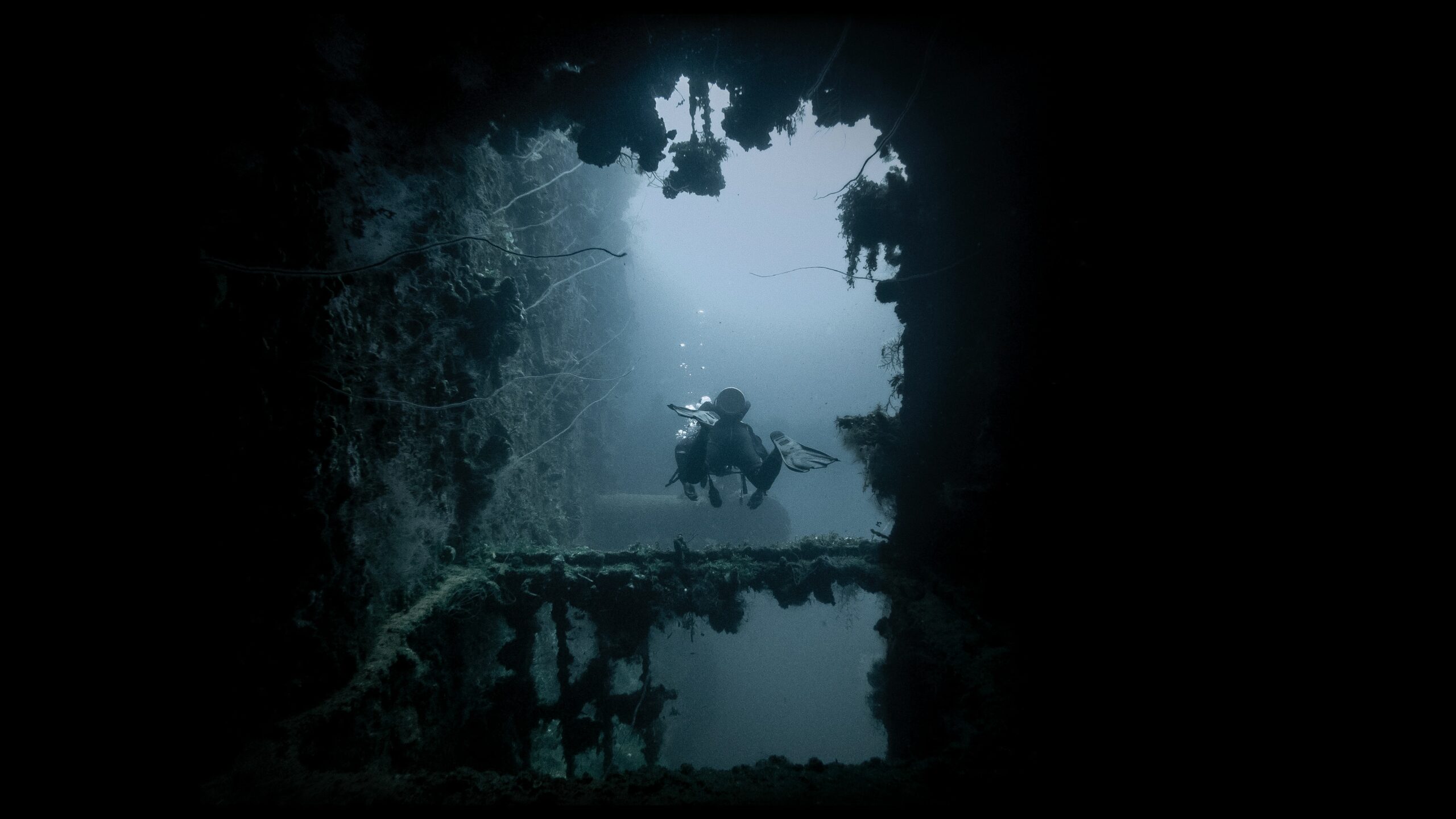
Not all wrecks are of pirate ships and floating vessels, contrary to popular belief. Although they constitute the majority of wrecks that can be explored underwater, many other types of wrecks, such as aeroplanes and submarines, can also be found.
Aeroplanes are more common than submarines, owing to the large number of planes that crashed during World War II. They are also easily accessible because they are frequently found in shallow water. Submarines, on the other hand, typically operate at greater depths, making them much more difficult to access.
In fact I myself joined my local dive club in 2018 on an expedition to verify a suspected World War II bomber wreck. The aircraft was at 7 metres depth inverted in a muddy bottom just off a small island. An exciting dive not knowing what we were going to find. Indeed we could positively identify the model of aircraft was that which had never been found since going MIA, but unfortunately we could not retrieve any specific engine plates to 100% prove that it was the exact craft.
Underwater exploration of more exotic wrecks includes everything from trains and buses to collapsed naval radar stations. A quick online search will yield over a hundred popular wreck dive sites for you to explore, but you can always ask your local scuba diving community for recommendations.
According to reports, the world is only aware of a small fraction, less than 1% of the estimated 3 million sunken ships in the ocean, so you can expect a world full of discoveries for as long as you want to try wreck diving.
ALSO READ: What is Deep Sea Diving: Tips and Do’s and Dont’s
Wreck Diving Types to Know
Non-Penetrating Scuba Diving
Non-penetration diving, also known as the safest type of wreck diving, entails swimming over the wreck. It is commonly performed by new scuba divers, though completion of a wreck diver course is still required to be able to quickly address the common risks that the activity may present, given the presence of tangled fishing nets and lines, as well as sharp edges.
Diving with Limited Penetration
Entering the “light zone,” which is any visible part of the wreck that can be illuminated externally by ambient or natural lighting, is required for this type of recreational wreck diving. Even if the diver does not enter the wreck, being in the light zone and being closer to the wreck can pose a variety of hazards, depending on the type of wreck and its surroundings.
Full Penetration Diving
Technical diving and a higher level of risk are involved in the most dangerous type of wreck diving. This is where you leave the “light zone,” which means you enter the wreck’s darkness and can become lost within it.
A diver can better understand the type of wreck diving that is right for them by taking into account their purpose, scuba diving training level, and diving experience, among other things.
ALSO READ: How to Choose The Best Liveaboard for Diving in Indonesia
Dangers to Avoid When Wreck Diving
Because of modern diving technologies and extensive research in technical diving, wreck diving is generally regarded as safe. In fact, it is typically less dangerous than ice diving or cave diving.
However, given the numerous factors at play while diving at great depths, particularly when exploring the unknown, there may be potential problems that could become life-threatening if not resolved quickly. It is beneficial to be aware of these common dangers in order to ensure that wreck diving is safe and enjoyable for all divers.
Because wrecks are often popular fishing spots, there is also the risk of becoming entangled in fishing lines and nets. This is why you should have scuba diving accessories to help you deal with and avoid these situations (more on this below).
Getting Trapped or Entangled
We must keep in mind that wrecks can be unstable due to the length of time they have been submerged in water. Some wrecks can easily disintegrate, making it dangerous to go inside because exit points can become blocked and heavy parts (such as boilers and anchors) can fall on you when it’s support crumbles.
Getting Injured
Wreck divers can be injured even if they do not become trapped. They may sustain lacerations from sharp metals or corals that they are unaware of, especially when diving in tight spaces. Decompression sickness is a common and potentially fatal condition that divers experience when breathing compressed air at depth.
Nitrogen Narcosis
Suddenly becoming under the effects of nitrogen narcosis or ‘getting narked’ can be dangerous at any time. The danger significantly increases if you are in the midst of a penetration wreck dive when it happens. Given that there are a vast number of wrecks that sit partially or fully below 30 metres depth this is an increased risk. Losing the ability to judge situations properly and coordination inside a wreck is a bad combination.
Getting Lost and Losing Visibility
Even with a flashlight, it is possible to become disoriented inside a large wreck. This is why many wreck divers mark their exit routes or lay lines in order to return to their starting point safely.
When wreck diving, another risk that many divers do not anticipate is being covered in a cloud of sediment that can rapidly (and completely) reduce visibility. More commonly, you risk losing your flashlight or running out of battery power while exploring the interior of a wreck.
You can become disoriented and become alone, but the real danger is when your breathing air supply is disrupted or runs out.
Wreck diving dangers, which include other scuba diving risks like decompression sickness, can be easily avoided with training, practice, and forethought. It is critical that you do not attempt wreck diving unless you have the necessary knowledge, skill, and confidence.
Why is Wreck Dive Training Important?
One of the most appealing aspects of scuba diving is the opportunity to explore a shipwreck. Touching a piece of history or even discovering a hidden treasure is an enticing prospect. However, an Open Water certified diver cannot simply dive into a wreck site, no matter how shallow it is. If you want to see inside shipwrecks, specialised wreck dive training is an important part of your continuing scuba education.
When it comes to dive safety, depth is not the only factor to consider. Even a shallow wreck in recreational depths may contain hazards that an inexperienced diver is unaware of. Scanning and swimming along the surface of a sunken vessel is one thing; penetrating its interior requires advanced training. Here are some dangers you may encounter while exploring the interior of a wreck.
Silt-outs or loss of visibility
Inside tight quarters, an inexperienced diver may use improper finning techniques, causing debris to kick up from the bottom or drift down from above. Without proper wreck dive training, you may be unprepared to deal with this loss of visibility safely. Being disoriented or losing your way in an unfamiliar environment can be extremely dangerous.
Losing track of your dive buddies
It may be tempting to explore a wreck for “just a few minutes,” but if your dive buddy is unaware that you went inside, they may mistake this for a buddy separation and return to the surface without you. If you get into trouble inside the wreck, help may be unavailable.
Possibility of snags and entanglements
The interior of a shipwreck can be deceptive. Passages can become congested, causing your cylinder or other gear to become wedged or caught. Are you carrying a dive knife or shears to cut away any snagged lines or ropes? What about lighting? Did you consider checking your tank pressure before diving into the wreck to ensure you have enough air to safely exit and surface? All of these things could elude an inexperienced diver and endanger them.
Advanced dive courses, including wreck dive training, are the ideal way to broaden your scuba diving experience while also ensuring your safety while exploring the underwater world. Don’t get too far ahead of yourself. Take the appropriate courses and never venture beyond your comfort zone.
The Top 10 Wreck Dive Sites in Indonesia
As a maritime country with a long trading history, Indonesia’s wreck sites are diverse and each has its own story to tell. There is an exciting variety of wrecks to explore, ranging from sunken World War II warships to the remains of ancient trading vessels. Prepare to descend into the depths and enter a realm from another era, as if entering a time capsule, unravelling the secrets hidden beneath the waves.
Another remarkable aspect of wreck diving in Indonesia is that the country’s tropical climate transforms many of these wrecks into thriving ecosystems teeming with biodiversity. You’ll be immersed in a spectacle of colourful coral reefs, majestic sea creatures, and schools of tropical fish as you navigate the labyrinthine of corridors and swim among the wreckage.
Now, let’s take a deep dive into the top ten wreck sites in Indonesia, which promise unforgettable adventures and a taste of underwater exploration like no other!
1. USAT Liberty Wreck in Tulamben, Bali
There are many incredible dive sites in Tulamben and its surrounding areas, but the USAT Liberty is without a doubt the most popular. The USAT Liberty is a WWII American cargo ship that sank right off the coast of Tulamben beach in 1942. It is regarded as one of the world’s most magnificent and easily accessible wreck dives. This magnificent wreck provides a breathtaking underwater spectacle with its vibrant corals and abundant marine life. Decades of coral growth have resulted in a diverse marine life on the wreck, including Trevally, Leaf Scorpion, Frog fish, Pygmy SeaHorses, Giant Barracudas, Surgeonfish, Blacktip Reef Shark, and, if you’re lucky, Eagle Rays.
2. Anker Wreck in Menjangan, Bali
This mysterious 19th century wooden boat wreck, also known locally as the ‘Kapal Budak’ or slave ship, lies just off the coast of Menjangan Island. The true story of Anker Wreck, thought to be Bali’s oldest shipwreck, remains a mystery. Some believe it sank during WWI, while others believe it was built during the Dutch colonial era to transport Balinese slaves to Batavia (now Jakarta).
The name ‘Anker’ is derived from the boat’s anchor, which is located in 6 metres / 19 feet of water at the beginning of the reef wall. It is possible to see white tip sharks and barracudas here. However, the majority of the wreck is at depths of up to 50 metres, making it an excellent deep dive site with good visibility and calm conditions. Divers have discovered cargo artefacts strewn about the wreck site, and some parts of the boat are covered in Gorgonians.
3. Boga Wreck in Bali’s Kubu
The Boga, another spectacular wreck dive,is a cargo ship built in the Netherlands that was previously used as a patrol vessel by the Indonesian government. It was intentionally sunk in 2011 to become an artificial reef, and it has since become a home for many fish species. It is mostly intact, and the star of the show is undoubtedly the steering wheel, but there are also statues, a VW car, and other objects that have been sunk alongside the boat, adding to the allure of this remarkable wreck site.
4. Mawali Wreck in Lembeh, North Sulawesi
The Mawali Wreck is a coral-covered Japanese WW2 cargo ship found in depths ranging from 16 to 30 metres (52 to 98 feet). It is 90 metres long and has distinguishing features such as the deck, cargo holds, and propeller. The wreck’s coral encrustation attracts a wide range of species, including nudibranchs, pygmy seahorses, batfish, snappers, sweetlips, fusiliers, scorpionfish, cuttlefish, barramundi, lionfish, pipefish, anemonefish, and even warty frogfish
5. MV Boelongan Wreck in Mandeh, West Sumatra
The MV Boelongan was a 74-metre-long Dutch ship that sank during Japan’s WWII air raids in 1942. It is located in Mandeh Bay at depths ranging from 20 to 25 metres (65 to 82 feet).
Divers from all over the world come to explore the wreck and its inhabitants, which include Rabbitfish, Snapper, Lionfish, Bannerfish, and others. When exploring this dive site, consider hiring a guide to ensure a pleasant experience, as the muddy terrain may impair visibility.
6. Tabularasa Wreck in Pramuka Island, The Thousand Islands, Jakarta
The Tabularasa Wreck, which was once a training ship for the Jakarta Tourism High School, now rests gracefully in Pramuka waters after sinking in 1995. It sank as a result of hull damage to the engine room. The bow of the ship faces Pramuka Island, which is nestled near mesmerising coral reefs, at a depth of around 27 metres, while the stern lies at a depth of 35 metres, ideal depths for experienced divers to explore.
The wreck has transformed into a vibrant sanctuary, adorned with a diverse array of hard coral, soft coral, black coral, and marine creatures. Imagine schools of reef fish gliding through the water, such as snapper, yellowtail tuna, barracuda, and flag fish. Not to mention the adorable little critters, from crabs and flatworms to the vibrant and lively sea bunny, who add bursts of colour to the underwater landscape.
7. Indonor Wreck in Karimunjawa, Central Java
The Indonor wreck was the result of a collaboration between Indonesia and Norway. It sank in the 1960s in Indonesia’s picturesque Karimunjawa Islands, en route from Palembang to Surabaya, carrying a valuable cargo of coal. The ship spans approximately 100 metres and rests at a depth of 15 metres (49 feet). As you explore the exposed hull of the shipwreck, you’ll notice remnants of scattered coal at depths of 14-17 metres (45-55 feet). The wreck is surrounded by a plethora of marine life, including schools of platax fish and stingrays, as well as snapper, fusilier, butterflyfish, cardinalfish, grouper, damselfish, anthias, triggerfish, gobies, moray eels, scorpionfish, blennies, and nudibranchs.
8. Sophie Rickmers Wreck in Weh Island, Aceh
Sophie Rickmers, a 134-metre German cargo ship, is thought to have carried valuable cargo and antiques from Japan, such as ceramics and tin. Whether true or not, the intriguing history makes it a treasure hunter’s favourite.
In 1940, the ship’s German crew deliberately sank it to avoid capture by the Netherlands, which was colonising the region at the time. The site, which is now at a depth of 50 – 68 metres (164 – 223 feet), is best reserved for experienced deep tech divers. It now has majestic giant groupers, giant moray eels, jacks, and the rare black-spot angelfish as residents.
9. Molas Wreck in Bunaken, North Sulawesi
The Molas Shipwreck, a WWII Dutch freighter, is between 22 and 41 metres (72 and 134 feet) deep. Its propellers are still intact, and its incredible structures are now home to a variety of marine life, including snappers, batfish schools, reef sharks, barracuda, nudibranchs, and groupers.
10. Shinwa Maru Wreck in Manokwari, West Papua
Shinwa Maru, a magnificent 120-metre Japanese cargo ship, was bombed on the starboard side. It is now at a depth ranging from 16 to 35 metres (52 to 114 feet). Ammunition, cables, sake bottles, chopsticks, kitchenware, diving helmets, small tanks, and car batteries are among the fascinating artefacts found on the wreck. Today, Jacks and other macro organisms have made this ship their home.
These locations have it all: a rich history, a plethora of marine life, and an immersive cultural experience that will leave you speechless. Exploring these wrecks will make you feel like an underwater Indiana Jones, delving into the fascinating stories and mysteries woven into the wreckage’s past. Furthermore, the thrill of navigating the wreck’s intricate passages and chambers is an almost surreal adventure that truly transports divers to another realm.
So, what are you holding out for? Why not set out today on a remarkable underwater ‘archaeology’ adventure. You will undoubtedly have an unforgettable dive vacation no matter where you visit.

